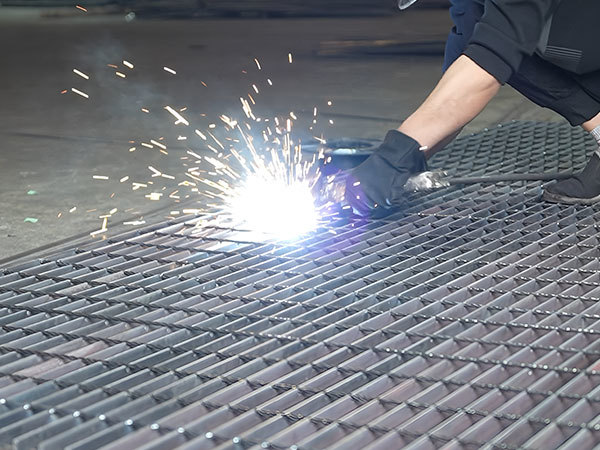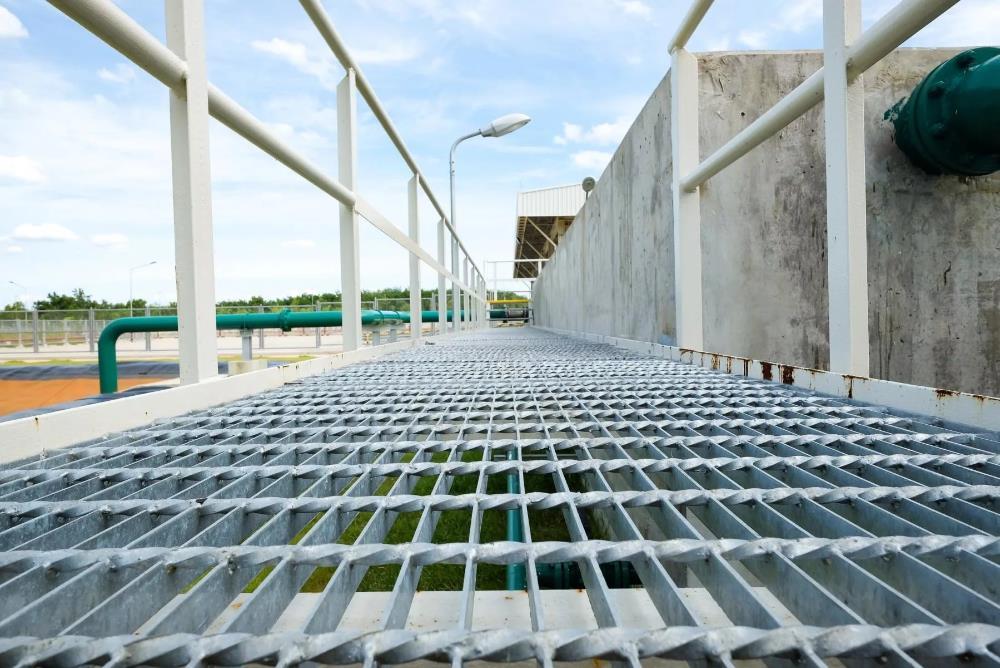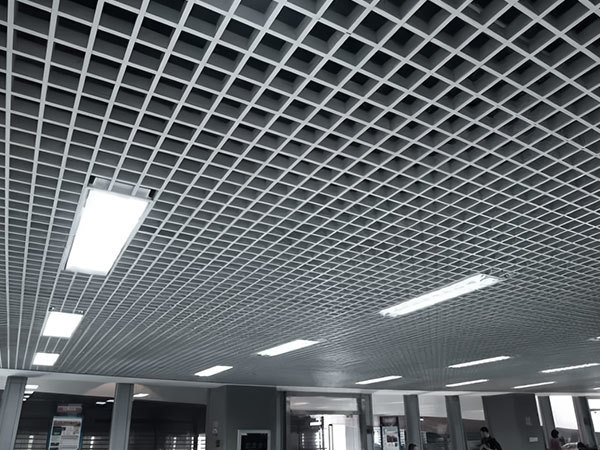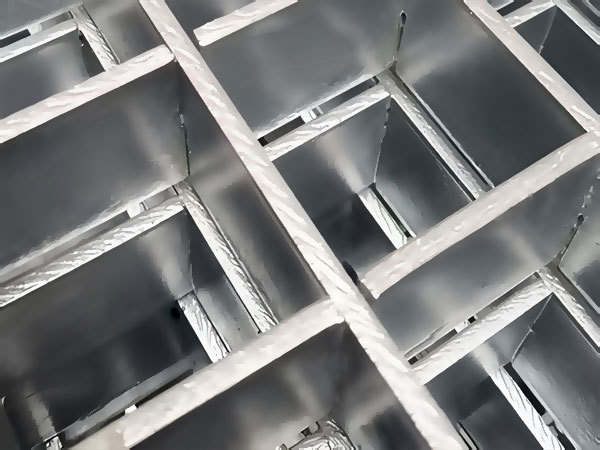Temperature control of galvanized steel grating in hot-dip galvanizing process

Galvanized steel grating, also known as hot-dip galvanized steel grating, is made by melting zinc ingots at high temperatures, adding some auxiliary chemical materials, and then immersing the steel grating components in a galvanizing tank to attach a layer of zinc to the steel grating components. Temperature control is one of the process flows of hot-dip galvanizing and is also a very important part. Next, we will introduce the temperature control of hot-dip galvanizing for steel grating:
Steel grating components need to undergo acid washing before galvanizing, which can better control the temperature changes on the iron surface during galvanizing.
The amount of iron dissolved or lost in galvanized steel grating varies depending on the temperature and insulation time. At around 450 ℃, the amount of iron loss increases sharply with heating and insulation time. Below or above the range of 430-480 ℃, the increase in iron loss will become slower over time. Therefore, people refer to 430-480 ℃ as the malignant dissolution zone. Within this temperature range, the zinc solution has the most severe corrosion on the workpiece and zinc pot. Iron loss increases significantly above 560 ℃, and above 660 ℃, zinc causes destructive corrosion on the iron substrate. Zinc slag increases sharply, making plating impossible. Therefore, plating is currently mostly carried out in the temperature range of 430-450 ℃.
TAG:
Related Posts
Steel grating is generally packaged with steel strips before leaving the factory








